So you want to start loading rifle ammunition! Soon you’ll be realizing more accurate ammunition, complete control over cartridge characteristics, and also save a bunch of money. But first, there’s a bunch of information to absorb, and a bunch of things to buy. But what things to buy? That’s the reason for this article! There are certain things you’ll need, and certain things you’ll want. In this article I’ll introduce a list of the essentials and the “optionals”.
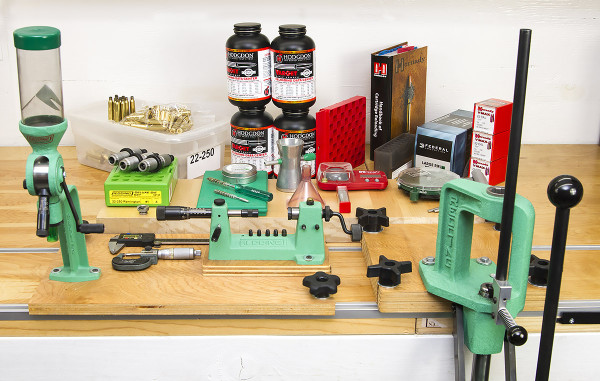
The above picture gives you an idea of the equipment and supplies that will be needed to start loading rifle ammunition, but there are some things that just didn’t fit into the picture. You’ll also need media and machinery to clean cases for instance. For reference, here’s a “complete list” of the items that you’ll need to put on your shopping list or wish list:
| Required? | Quantity | Item |
| Yes | 1 | Single stage, turret, or progressive reloading press |
| Yes | 1 per cartridge (some shared) | Shellplate (if press is a progressive), Shellholder (if press is a turret or single stage) |
| Yes | 1 per cartridge | Die set |
| Yes | 100+ | Brass, previously fired or new |
| Yes | 1 | Brass tumbler and media |
| Yes | 5lb+ per application | Powder |
| Yes | 1000+ per application | Primers |
| Yes | Various | Bullets |
| Yes | 1 | Precision scale, digital or mechanical |
| Yes | 1-20 per caliber | Ammo boxes (can reuse factory ammo boxes and trays) |
| Yes | 1 | Digital Caliper (0-6″) |
| Yes | 1 per case size | Case trimmer |
| Yes | 1 | Powder measure |
| Yes | 1 | Load manual |
| Yes | 1 | Hand priming tool |
| Yes | 1 | Universal Reloading block |
| Yes | 1 | Chamfering and deburring tool |
| No | 1 | Bullet puller (impact type is most simple and cost effective) |
| No | 1 | Powder funnel |
| No | 1 can | Case lube and brush (required if your dies are not carbide or Titanium Nitride) |
| No | 5-10lb | Case tumbling media (ground walnut shells, dried corncob) |
| No | 1 | Case tumbler (Vibratory cleaner or similar) |
| No | 1 | Micrometer (0-1″) |
| No | 1 per primer size | Primer pocket reamer or swaging tool (if reloading crimped military brass such as 5.56x45mm or 7.62x51mm NATO) |
| No | 1 | Powder trickler |
It sounds like a lot of things to track down and buy, but most manufacturers make rifle loading kits that come with most of what you’ll need for a bare-bones reloading setup. Examples would be the RCBS Rock Chucker Supreme Master reloading kit and the Hornady Lock-N-Load Classic reloading kit. In the next post in this series, I’ll give you a video walk-through of these components and systems. Stay tuned!
Do you see anything missing from the list above? Please leave a comment!
Thanks,
Gavin
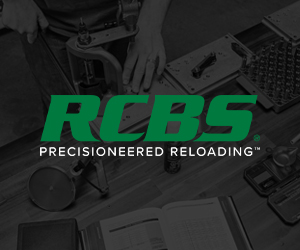
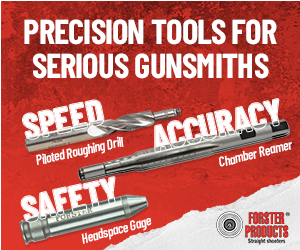
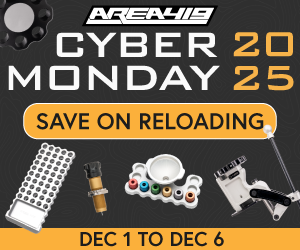
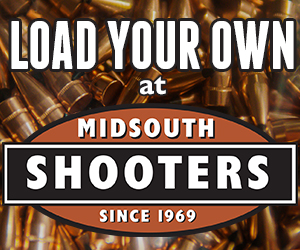




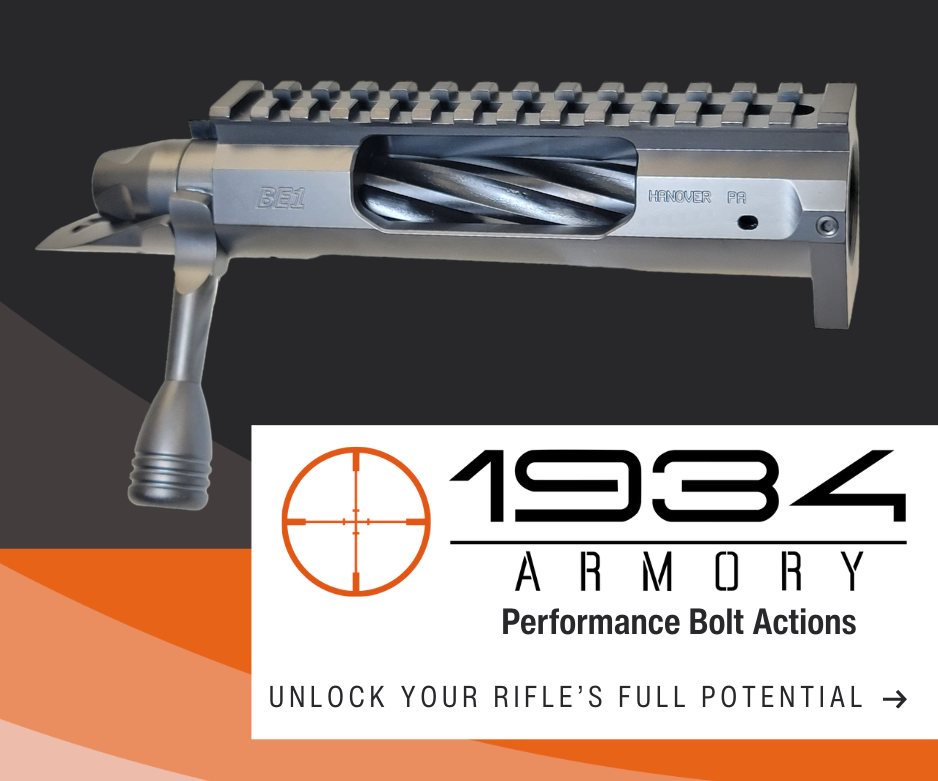






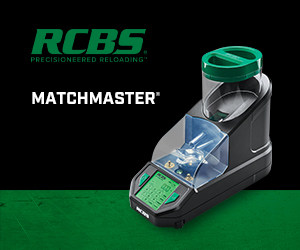
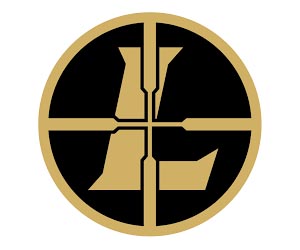




















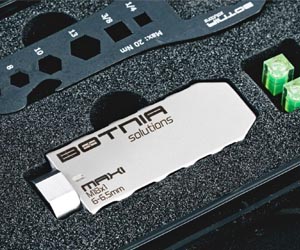





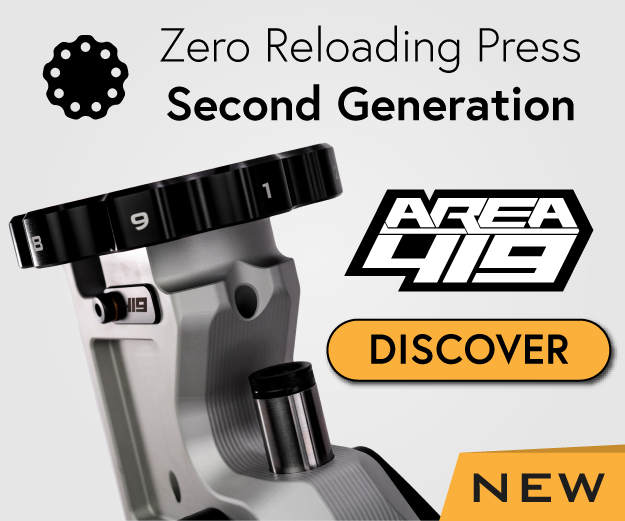
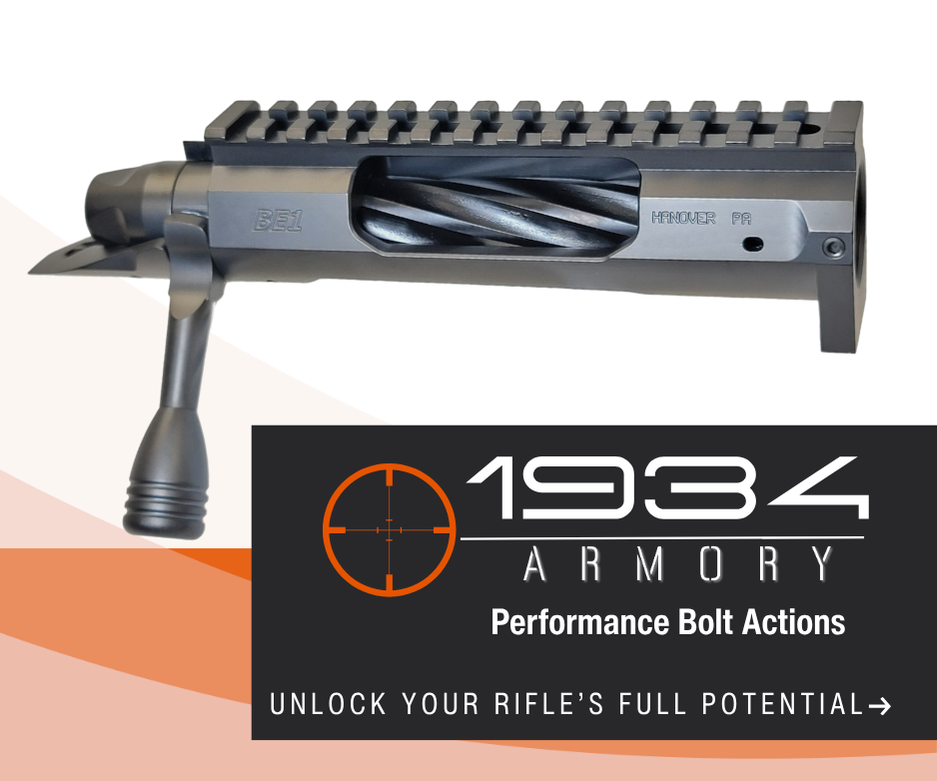

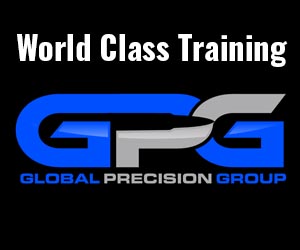
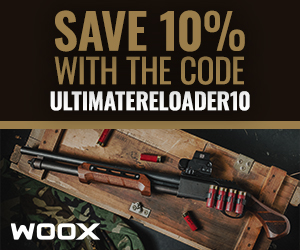



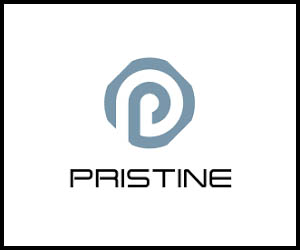





















A good reloading manual. I’ve had all of the manuals at one time or another. Problem that you run across…for example…is Nosler’s manual. Of course it has good info. But Nosler is listing for Nosler bullets…of course!
The best manual I know of that will cover the hard basics and very clearly explained…is The Lee Precision manual. Yeah I know…I’m very partial to Lee Precision. But after all the fanfare and banners/flags/whistles/patting on the back…..Lee’s reloading manual has exceptional info for the beginners thru advanced reloading. If one get’s beyond Lee’s manual…you’ve become a well advanced shooter and you will step into the huge money spending bracket at this point. Most of us are not and do not care to indulge into the underworld of balistics that isn’t neccessary for most all of us.
I load very accurate ammo without spending time drilling out the interior of pencil lead powders and so on. And if you haven’t heard of such a practice….well….it just isn’t a good investment of your time for accuracy gained.
Ah…seen the manual listed now…well…just my input.
I agree with all of the suggestions except for the 5# of powder. 1# would be less expensive while testing to find the right powder, otherwise everything is bang on the money. Thanks for all of your inspiration.
Yes, and in this day and age it’s more likely that you’ll be buying 1lb at a time (because that may be all you’ll find on the shelf 🙂 )
Your list days a “Brass Tumbler and Media” are “Required”. This is not accurate information. There are many alternative options to clean ones brass, but none are “Required”. The cases can be cleaned with a piece of Scotchbrite, or Steel Wool, cheaply.
I went above and beyond by wet tumbling my brass, but that was an alternative that I chose, not a “required” necessity.
That’s pretty hard-core to use steel wool, and I wonder about the inside of the case (neck at least) – so I guess I would call a case cleaner “Strongly Recommended” based on your feedback.
For rifle brass…using the Lee case length gage and the shell holder chucked up in a cordless drill…yeah…steel wool and/or a green scrubbing pad will work well. But for the most part I neck size for rifle brass and just wipe the case off with a rag. Accuracy does not improve by tumble cleaning your rifle brass or using a Scotchbrite pad/steel wool….so cleaning the primer pocket and a quick wipe of your rifle brass is all that is actually needed even for 223/5.56 used in a AR 15 platform. Yes I full length resize for my AR’s so a damp cloth works well for reloading AR ammo…when I do.
Quick note…I check my rifle brass I reload for my high accuracy rifles with calipers after case length trimming using Lee case length gage setup…always the same length though there are those that say otherwise. which I believe is just some people being partial against using Lee Precision products. I say it’s your money so spend it for the high priced gizmo’s. But why.
Pistol brass is fairly dirty as a rule….but since I clean the primer pocket for pistol before reloading…I just wipe off the pistol case as well. I did receive a shipment of brass from Diamond K the other day….that cleaned pistol brass sure was nice I have to say. I will be buying a tumbler here before long for my pistol brass. I’m cheap (I say frugal of course) by nature.
When I started, I got the RCBS Rock Chucker set, had everything except for caliber specific parts and consumables. You had a case cleaner listed twice, item #5 & items #21 & 22, and yes it is important. But for the new people, you can get the media (corn cob or walnut) at a pet store for less than half the price ‘Gun’ stores will sell it for. Find it in either the bird or reptile section.
Another good thing to remember is Don’t Panic! We’ve all made the Same mistake at least twice (!), so don’t be ashamed or afraid to ask for help!
I started on a Lee progressive (shooting up to 1000 rounds per week).
Then I saw a Dillon 1050 in action and now, I’m a Dillon fan. Exceptional quality and incredible after sales service.
I can see what’s going on, alarms work well and I can produce about 700 in an hour, for handgun, but, I still hand load my rifle stuff in a single stage Reddiing.
I personally started reloading in 1953 using a Pacific press, a balance scale, funnel, and a die set. Not quite as fast as a Dillon, but being relatively slow, I developed good habits and became very familiar with the various steps. I now use a 55 Ideal powder measure and an electronic Dillon scale. I finally bought a Redding T-7 Turret Press which I am currently setting up.
My first loading reference book was a spiral bound Ideal book. I now have a collection of books including Lyman, Hornady, Sierra, and of course, the internet. My favorite go-to book is the Lyman, since it is not trying to sell me one of their products.
I use a mix of loading die brands and prefer Carbide sizing dies, although my favorites are the Redding Competition Bushing Neck Sizer Die Sets (Except for the Price). Neck sizing is the die I prefer for cartridges fired in my firearms with full length resizing only when needed. I also ream the primer pockets to eliminate the bottom radius and allows the primers to seat uniformly below the base of case. (Only one time is required) I have an ultrasonic cleaner which I now use although in the past, I have used chemicals, tumblers or none of the above.
I prefer the batch system of loading where I first prime the cases, next I load the powder and them inspect all using a flashlight to insure no double charges or empty cases. Finally I load the bullets, first checking for the oal (Over all length) I want.
Joel
Anyway to get this list without the ads running straight down through the middle of it so you can’t read it. Maybe a PDF download.